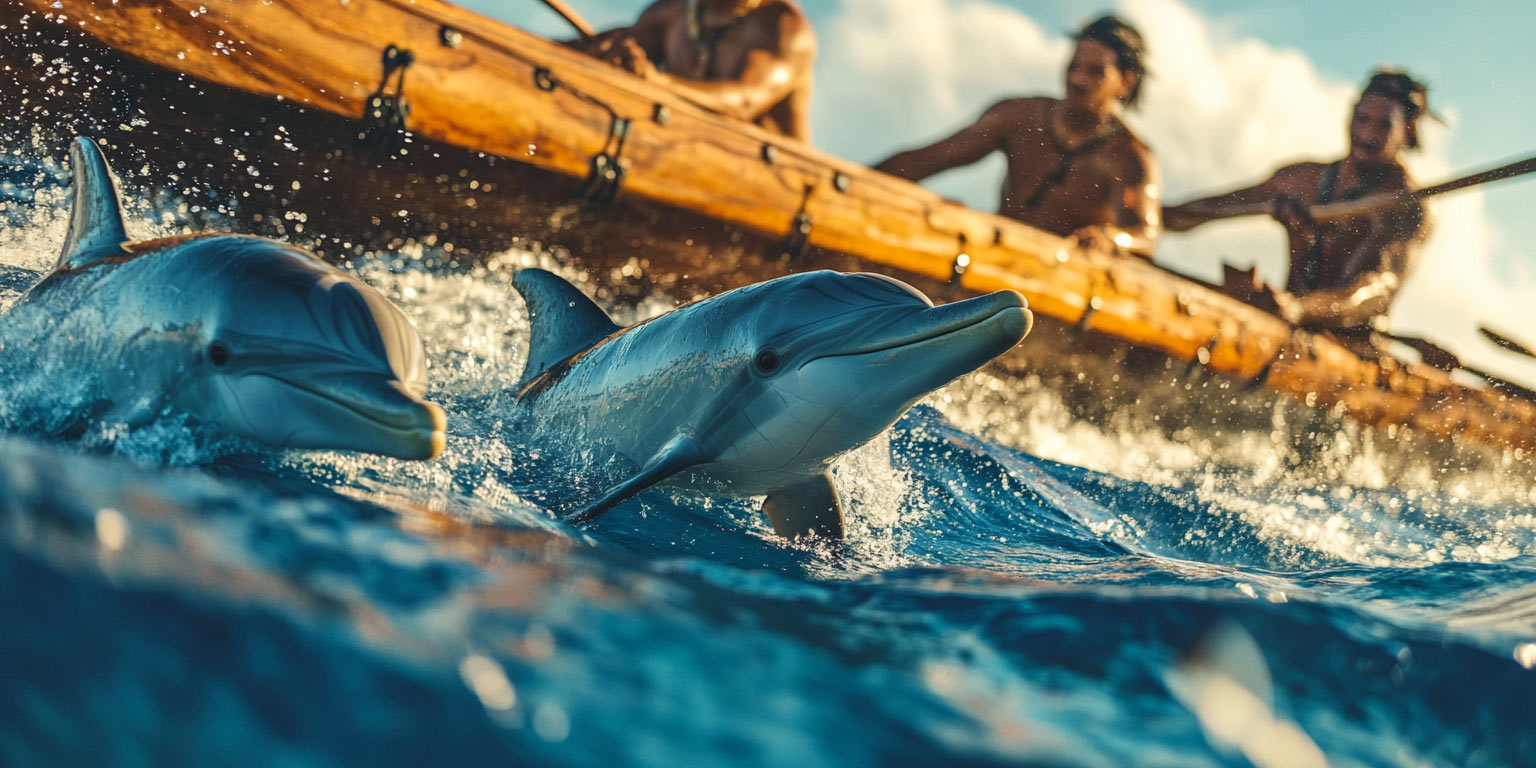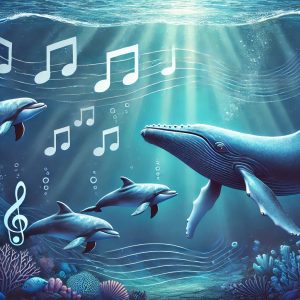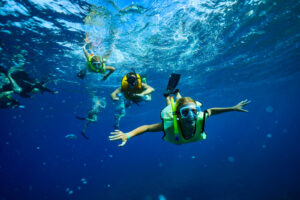The sparkling waters of Hawaiʻi have long been a haven for dolphins, and for just as long, humans have been watching them. What began as quiet observations from outrigger canoes has turned into a booming ecotourism industry complete with speedboats, catamarans, and snorkel gear. Yet at its core, dolphin watching in Hawaiʻi still carries echoes of the deep cultural connection Hawaiians have shared with the ocean for generations.
Let’s dive into how dolphin watching has evolved in the islands—from traditional Polynesian seafaring to today’s catamaran cruises—and what these fascinating marine mammals continue to represent.
Ancient Beginnings: Watching from the Canoe
Long before tourists set foot in the islands, Native Hawaiians were closely tied to the ocean. Dolphins, or naiʻa in Hawaiian, were often seen alongside voyaging canoes. While ancient Hawaiians didn’t “watch dolphins” for recreation, their presence was always noted.
- Dolphins were considered a good omen, particularly when seen during long voyages.
- Their appearance near boats was often interpreted as a sign of guidance or safety.
- Some legends even describe dolphins as protectors of lost fishermen.
In early Hawaiian society, knowledge of marine animals was vital—not just spiritually, but also for survival. Observing dolphin behavior helped early navigators read the seas.
Why Do Dolphins Play with Boats?
If you’ve ever seen dolphins riding the bow wave of a boat, it looks like play—and in many ways, it is.
Dolphins are highly intelligent and social animals. They often interact with boats for reasons that include:
- Hydrodynamics: Surfing the pressure wave created by boats conserves energy.
- Curiosity: Dolphins are naturally inquisitive, especially around noise or motion.
- Social behavior: Riding waves together may be a group bonding activity.
This behavior has existed for centuries, which is likely why ancient Hawaiians often reported sightings near their vessels. Today, tourists witness the same playful interactions on guided tours.
From Observation to Industry: Dolphin Tours in Modern Hawaiʻi
In the late 20th century, dolphin watching became part of Hawaiʻi’s growing ecotourism scene. Tour operators began offering dolphin-viewing trips along the leeward coasts of Oʻahu, Maui, and the Big Island.
Key moments in this shift include:
- 1970s–1980s: As scuba diving and marine education became popular, so did dolphin-focused tours.
- 1990s: The rise of marine conservation helped frame dolphin watching as both entertainment and education.
- Present day: Strict guidelines aim to reduce disturbance to resting dolphin pods, especially in bays where they sleep during the day.
Today, dolphin watching contributes to the local economy while promoting conservation and marine awareness—when done responsibly.
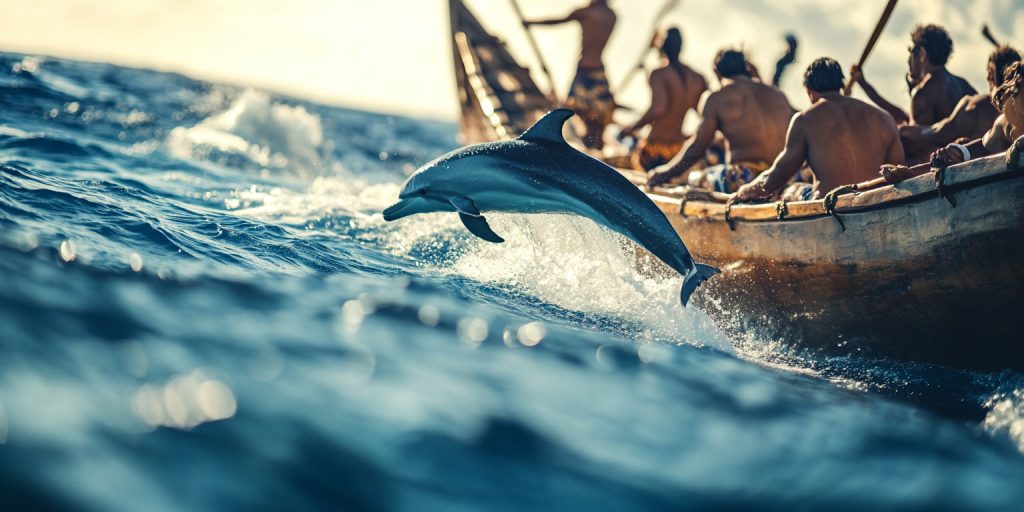
Symbols and Meanings: Dolphins in Marine Culture
Throughout history, dolphins have held symbolic meaning both in Hawaiʻi and across global maritime cultures.
What Did Dolphins Mean to Sailors?
- Seen as signs of land nearby or protection from storms.
- In Western traditions, dolphins often appeared in sailor tattoos and naval emblems.
- Stories of dolphins rescuing drowning sailors added to their reputation as protectors.
What Does a Dolphin Ring Mean or symbolize?
In many cultures, dolphin-shaped rings or jewelry represent:
- Protection and safe passage, especially for travelers and seafarers.
- Harmony and playfulness, reflecting the dolphin’s joyful spirit.
- Connection to the sea, often worn by people who feel a deep bond with the ocean.
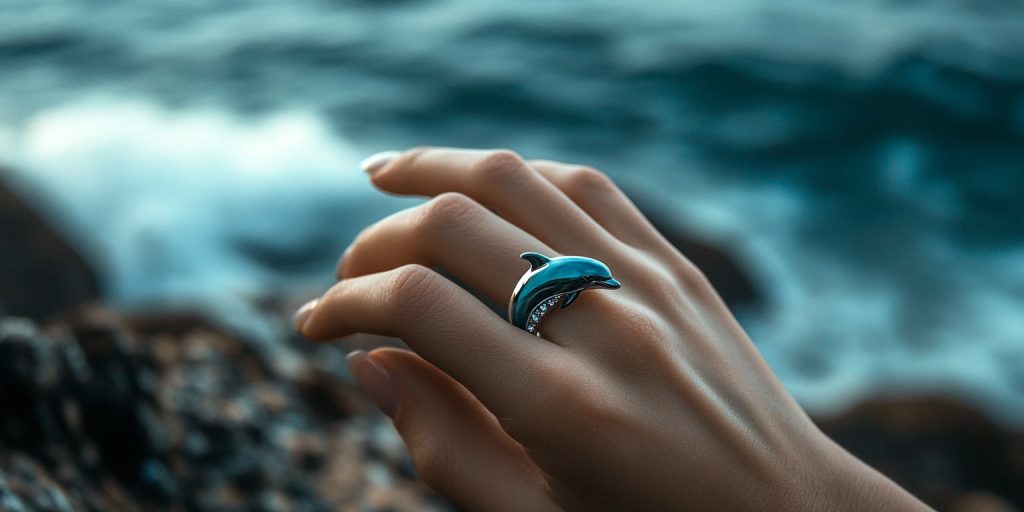
What Does “Dolphin” Mean in Marine Terms?
In marine science, “dolphin” refers to more than just the friendly bottlenose. It includes various species like:
- Spinner dolphins, common in Hawaiʻi and known for their acrobatic leaps.
- Pantropical spotted dolphins, found in deeper offshore waters.
- Rough-toothed dolphins, which are less frequently seen but still native to Hawaiian waters.
In marine terminology, “dolphin” also refers to marine structures (like mooring dolphins), but when it comes to wildlife, the term encompasses a diverse and intelligent group of ocean mammals.
Riding the Same Wave: Honoring Hawaiʻi’s Dolphin-Watching Legacy
Dolphin watching in Hawaiʻi has come a long way—from silent moments in traditional canoes to guided tours on sleek catamarans. Yet the essence remains: a fascination with the wild, graceful creatures that share the ocean with us. As long as people respect the animals and their habitat, dolphin watching can continue to be both magical and meaningful.








